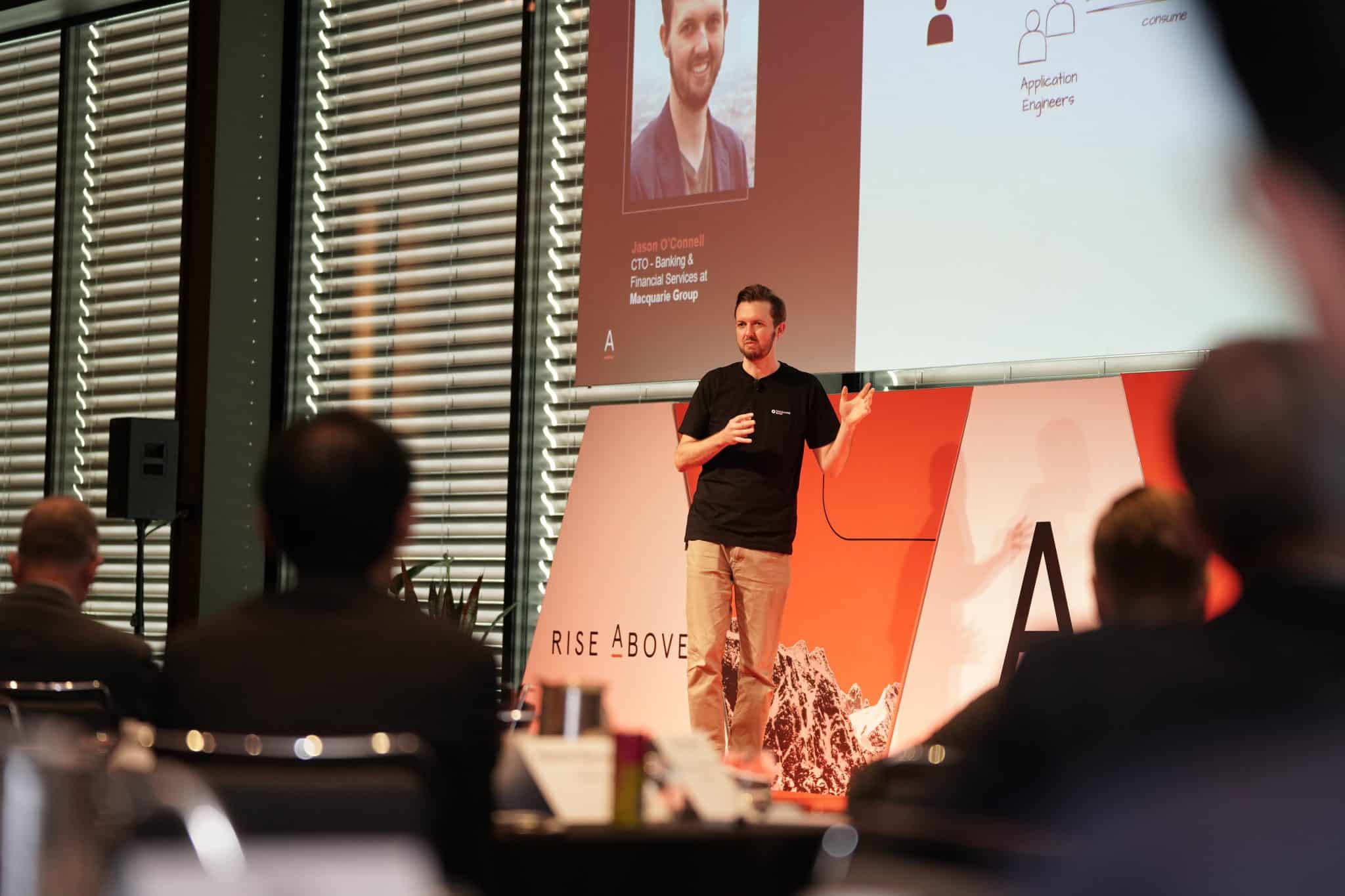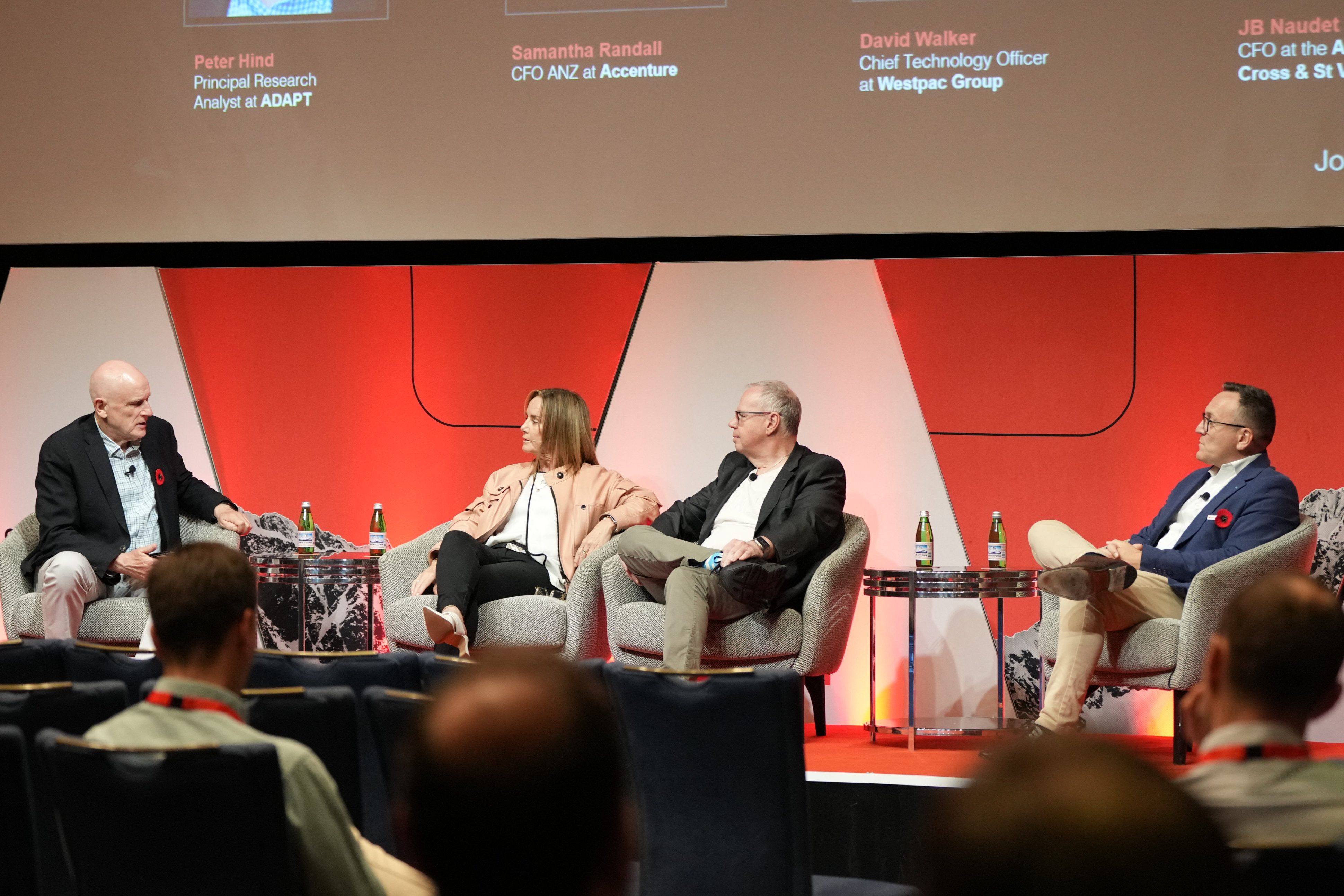Digital evolution in financial services: Macquarie Bank’s multi-cloud and data journey
In his Cloud & Infrastructure Edge presentation, Jason O'Connell, CTO of Banking and Financial Services at Macquarie Group, details Macquarie's cloud migration journey, their multi-cloud approach, and their cloud 2.0 strategy.In his Cloud & Infrastructure Edge presentation, Jason O’Connell, CTO of Banking and Financial Services at Macquarie Group, details Macquarie’s cloud migration journey, their multi-cloud approach, and their cloud 2.0 strategy.
Jason explains how Macquarie, as a digital-only bank, is now 96% public cloud and multi-cloud. The benefits of this shift include the ability to innovate more efficiently and align closely with business strategies.
Their adoption of Kubernetes and micro-services enables a smoother transition to cloud-based solutions.
They do face challenges like the initial difficulty in deploying Prometheus and the necessity of self-service infrastructure for application teams.
Jason also discusses their move towards a no-ops model, which reduces the operational burden by leveraging cloud-native services that require minimal maintenance.
He emphasises the importance of using the best services from multiple clouds rather than trying to be cloud-agnostic.
This strategy allows them to invest resources in enhancing developer experiences, integrating various tools and platforms to streamline operations and minimising manual interventions, ultimately fostering a more agile and innovative environment.
Developing robust internal platforms around core technologies indicates that server-less technologies can become highly effective if well-integrated and built into a comprehensive developer platform.
There is a shift towards product thinking, focusing on understanding the needs of engineers and creating user-centric solutions.
These solutions include vulnerability management throughout the software development lifecycle, to enhance efficiency and justify funding based on demonstrated value.
Looking ahead, they aim to move from low-level infrastructure towards higher-order services, prioritising the productivity and ease of engineers to drive business outcomes, and rapidly enabling advanced technologies like AI to support new business features.
This approach aims to create a more agile, efficient, and innovative development environment within the organisation.
Key takeaways:
Cloud migration and multi-cloud approach: Macquarie Group has successfully transitioned to a 96% public cloud environment, adopting a multi-cloud strategy that enhances innovation and aligns closely with business strategies.
No-Ops model and developer experience: A no-ops model using cloud-native services reduces operational burdens and enhances the developer experience through integrated tools and platforms.
Product thinking: Shifting towards product thinking, Macquarie prioritises understanding engineers’ needs and leveraging higher-order services like AI to drive business outcomes and create an agile, innovative development environment.





























